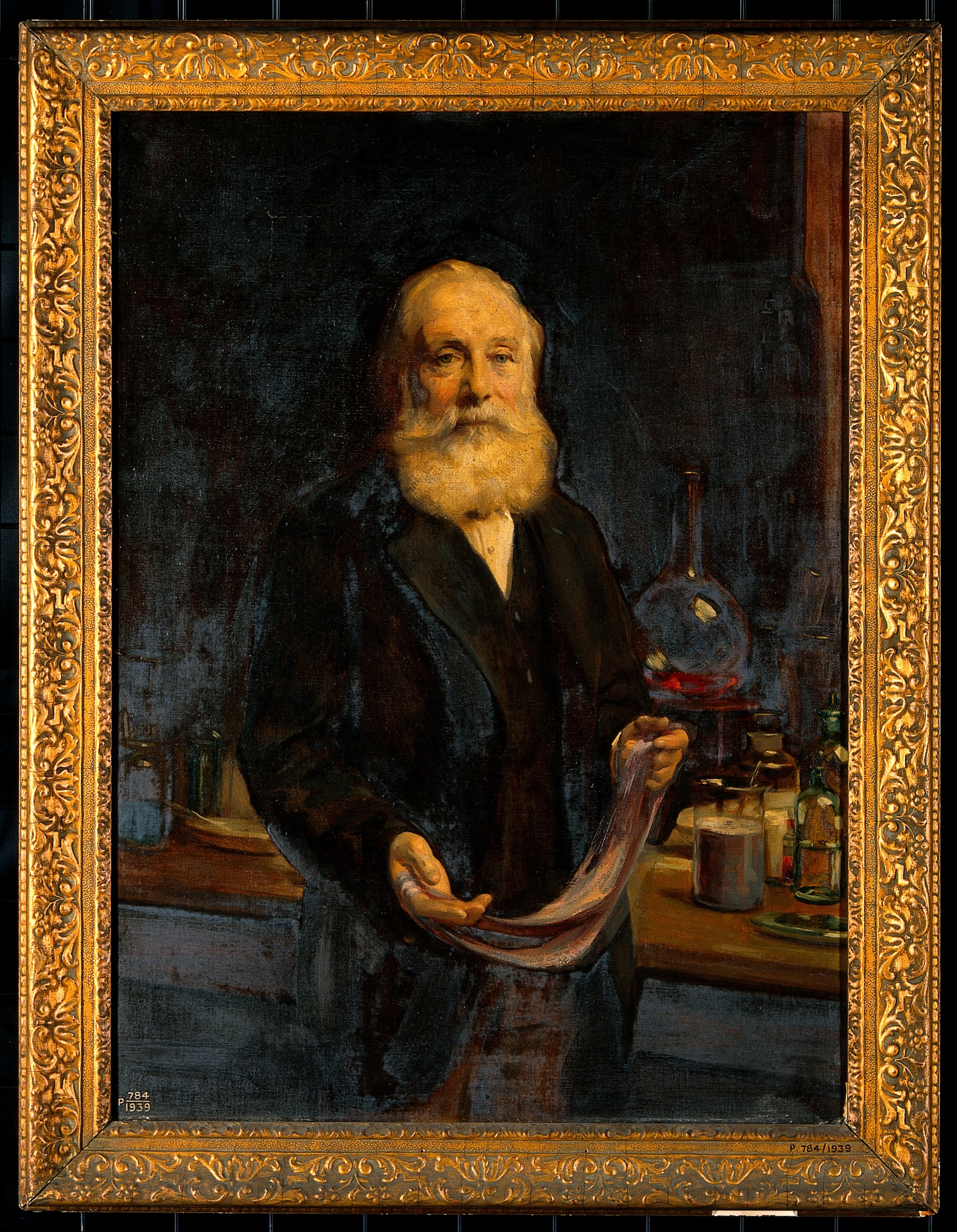Welcome to Cognitive Ink’s Fieldnotes
A behind-the-scenes look into our practical observations of life, work, society and everything in between. Our fieldnotes are made for curious people who like bite-sized inspiration. It’s going to be full of new ways of looking at things, forgotten facts, curious insights and little pieces of everyday life, annotated. We’re full-time ethnographers, which means that we’re good at picking up the interesting side of things wherever we are. We hope, in time, this will become a varied quilt of ideas.
What Are You Measuring?
In an urgency to do human centred research work, it’s easy to jump right into action, throwing money and time at setup, recruitment, staging and then the actual interviews, workshops, on-sites, surveys or analytics that form the backbone of qualitative and qualitative research practices. But it’s worth asking first, ‘What are you measuring?’
Finding The Secret Stories Of How Things Work
Whether it’s explaining a past challenge, or presenting a better future, it comes down to taking to time to find the secret stories of how things work.
Synthetic Users and Why We Talk With Real People When Doing User Research
There are a lot of forces, some recent and some historical, that work against talking with real people during user research. The rise of synthetic users is the most recent and perhaps the most powerful. But even when considering the apparent efficiency and cost-effectiveness of synthetic users, we still advocate talking with real people.
Tabulating The Top 12 Benefits of Visual Product, Service and Experience Mapping
Suppose you’ve reached the point where you’re interested in visually mapping your product, service, or experience. Yet, you or a person in power might ask, before committing fully to a mapping adventure “What benefit does all this visual committing mapping bring?”
Why Experience Maps?
Research gives way to maps, which help bring events into human scale. But maps aren’t the end-point of design, but the beginning. Maps help build understanding, consensus, and vision.
Do The Experiment - Getting Over The Resistance To ‘Try Something Out’
I keep urging myself, when I stall before acting, to just do an experiment, and try something out. Whether the experiments I run have the formalisms of the lab, or are just an experimental sketch on a sheet of paper; it’s the impetus that counts.
How a Simple Packet of Dental Flossers Shows The Need For End-To-End Design in Products and Services
Reach dental pick flosser is simple product that can help us unpack the value of end-to-end product, service and experience design. And it can show the wider universe of questions that an end-to-end design perspective introduces. It’s nice to use a simple, everyday product for this purpose because they serve as an easier-to-understand proxy for larger and more complex products and services. In a period of design narrowing, it’s important to remember why we strive for an end-to-end view.
What is Experience Design? And how does it help make things better?
In our rush as product, service and experience improvers, it’s easy sometimes to get lost in the detail. We sprint out of the gate to do great research, draw experience maps, construct prototypes, test ideas and release pilots into the world. But it’s worth taking a moment to remember, albeit briefly, what Experience Design is, what it isn’t, and how it helps us make things better (and make better things).
Achieving Synchronicity - Why We Still Process User Research Insights by Hand
Why are we at Cognitive Ink still avoiding significant use of auto-insight tools? It might seem like a contentious choice, but there’s a logic behind our choice. And it all comes down to getting in sync with what people share.
User Research at Eye-level
Some time ago, I had the opportunity to shadow someone selling products directly to end-customers. While helping, I conducted some on-the-ground ethnography on how people interacted with what was being offered. The experience got me thinking about the significant planning and structure teams put into gathering feedback on products and services.
Looking for something a bit more?
Dip into one of the hundreds of articles available on Christopher’s psychology, history, design and technology blog, Adventures in a Designed World. Here’s a few interesting samples…















